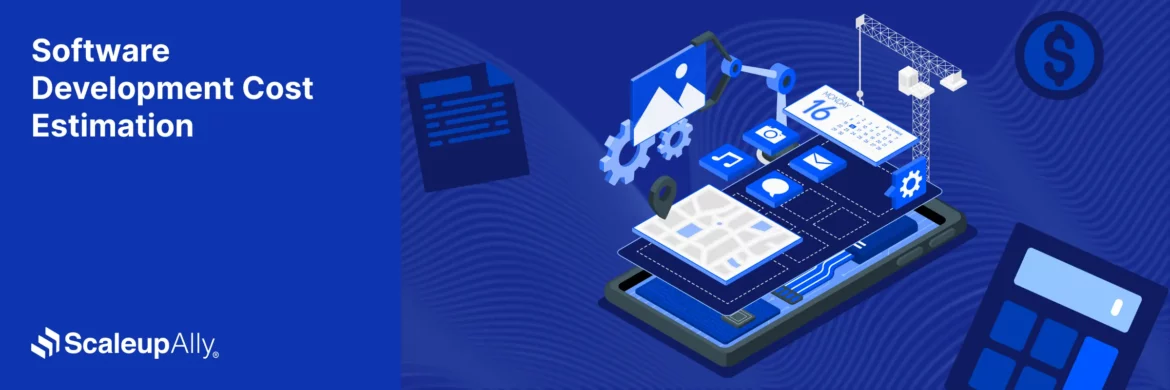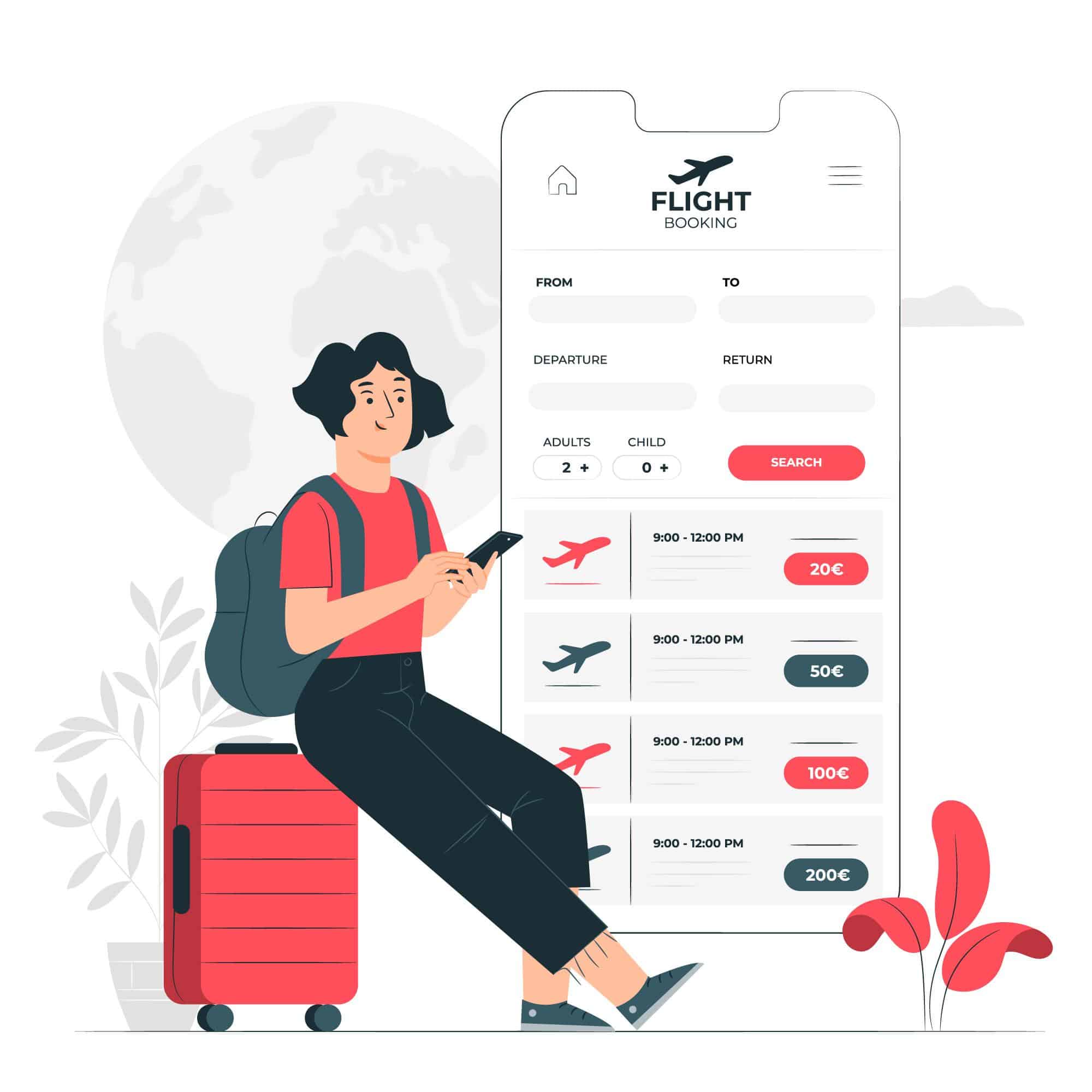
How Long Does It Take to Build a Travel Website?
Suprabhat Sen | December 28, 2023 , 8 min read
Table Of Content
If you’re an aspiring travel website owner or an entrepreneur with a travel-related business, you might be wondering how long it takes to build a travel website. The development time for building a travel website can vary depending on various factors.
In this article, we will explore the different factors that affect the development time of travel websites and provide you with some tips for speeding up the development process.
Key Takeaways
- Development Time Depends on Complexity: Simple travel websites can take weeks, while complex ones with booking systems and integrations may take 3–6 months or more.
- Key Factors Affecting Time: Complexity, custom design, content creation, advanced features, and team size/resources are the main factors influencing development duration.
- Content and Design are Critical: High-quality content and custom designs increase development time but are crucial for user engagement and branding.
- Use Tools to Save Time: Pre-designed templates or website builders can significantly reduce development time.
- Plan and Communicate Effectively: Detailed planning and open collaboration with your team ensure smoother and faster development.
- Adopt Agile Methods: Agile frameworks like Scrum or Kanban enable quicker, iterative development cycles and adaptability.
Factors Affecting Development Time of Travel Websites
Several factors can influence the time required to build a travel website. Here are some key factors to consider:
- Complexity of the Website: The complexity of your travel website plays a significant role in determining the development time. A simple, single-page website can be built relatively quickly, while a more complex website with multiple pages, booking systems, and integrations may take longer to develop.
- Design Requirements: The design of your travel website can also impact the development time. If you have specific design requirements or want a custom design, it may take additional time to create and implement the design elements.
- Content Creation: Developing content for your travel website, including text, images, and videos, can take a significant amount of time. Creating high-quality and engaging content is crucial for attracting visitors and encouraging them to book your services.
- Functionality and Features: The functionality and features you want to incorporate into your travel website can affect the development time. For example, if you need advanced booking systems, payment gateways, or integrations with other platforms, it may take longer to develop and test these features.
- Team Size and Resources: The size of your development team and the resources available can impact the development time. Having a larger team or outsourcing certain tasks to a web development firm can expedite the development process.
How Long Does It Take to Build a Travel Website?
The time required to build a travel website can vary depending on the complexity of the project. Here are some general estimates:
- Simple Travel Website: A simple travel website with basic information, a few pages, and limited functionality can be developed within a few weeks. This includes planning, design, content creation, and testing.
- Moderately Complex Travel Website: A moderately complex travel website with additional features such as booking systems, payment gateways, and integrations may take around two to three months to develop. This timeframe includes the planning phase, design customization, content creation, and thorough testing.
- Highly Complex Travel Website: A highly complex travel website with extensive functionalities, multiple integrations, and custom design elements can take anywhere from three to six months or more to develop. This timeframe allows for comprehensive planning, intricate design customization, content creation, complex functionality implementation, and rigorous testing.
It’s important to note that these timeframes are estimates and can vary based on the specific requirements of your travel website and the resources available. Collaborating closely with your development team and clearly communicating your expectations can help streamline the development process.
Tips for Speeding Up Travel Website Development Process
If you’re looking to expedite the development of your travel website, here are some tips to consider:
- Plan Ahead: Spend ample time in the planning phase to clearly define your website’s goals, target audience, and desired functionalities. This will help streamline the development process and minimize delays.
- Choose a Template or Website Builder: Utilize pre-designed templates or AI website builders specifically tailored for travel websites. These tools offer ready-to-use designs and functionalities, reducing the development time significantly.
- Gather Content in Advance: Collect and organize all the necessary content, including text, images, and videos, before starting the development process. This will enable your development team to work efficiently without waiting for content delivery.
- Collaborate Effectively: Maintain open and frequent communication with your development team. Regularly provide feedback, clarify requirements, and address any issues promptly to ensure a smooth and efficient development process.
- Utilize Agile Development Methods: Implement agile development methodologies, such as Scrum or Kanban, to promote collaboration, flexibility, and iterative development. This approach allows for faster development cycles and quicker response to changes or updates.
By implementing these tips and optimizing the development process, you can potentially reduce the time required to build your travel website.
Conclusion
Building a travel website requires careful planning, thoughtful design, and meticulous attention to detail. The development time for a travel website can vary depending on factors such as complexity, design requirements, content creation, functionality, and team size. By considering these factors and following the tips provided, you can streamline the development process and launch your travel website more efficiently. Remember to collaborate closely with your development team and prioritize effective communication to ensure a successful outcome.
Ready to start building your travel website? Contact us today to get started and take your business to new heights with our travel business IT services.
Frequently Asked Questions
Q1: Can I build a travel website on my own?
Yes, it is possible to build a travel website on your own, especially with user-friendly website builders and pre-designed templates available. However, depending on your technical skills and the complexity of your desired website, it may be beneficial to collaborate with a professional web developer or development team to ensure a high-quality and efficient website.
Q2: Are there any shortcuts or quick ways to build a travel website?
Using pre-designed templates or website builders specifically tailored for travel websites can significantly speed up the development process. These tools provide ready-to-use designs and functionalities, allowing you to create a travel website more efficiently.
Q3: How can I ensure the security of my travel website?
To ensure the security of your travel website, implement secure payment gateways, SSL certificates, and regular website maintenance. It is also crucial to stay updated with the latest security patches and follow best practices for data protection.
Q4: How long does it take to see results after launching a travel website?
The time it takes to see results after launching a travel website can vary depending on various factors, including your marketing efforts, competition, and target audience. It is essential to implement effective marketing strategies, such as search engine optimization (SEO), social media marketing, and content creation, to drive traffic and conversions to your website.
Q5: Can I update and modify my travel website after it is launched?
Yes, you can update and modify your travel website after it is launched. Content updates, design changes, and functionality enhancements can be made to keep your website relevant and up to date with the evolving needs and preferences of your target audience. Regular updates and maintenance are crucial for the long-term success of your travel website.
Related Blogs

Top 20 Emerging Technologies of 2026
Discover the top 20 emerging technologies of 2026. Explore which innovations are driving change across healthcare, finance, manufacturing, and other crucial industries.
ScaleupAlly Team
Dec 16 ,
9 min read

Software Development Timeline: Phases, Duration & Estimation Guide
Understand the software development timeline with phase durations, key factors, hidden delays, and practical methods to estimate project time.
Suprabhat Sen
Nov 29 ,
16 min read

Software Development Cost Estimation Guide: What’s Included & What Affects the Price
Explore software development cost components, major pricing factors, and practical estimation methods to plan your project accurately from start to finish.
Suprabhat Sen
Nov 29 ,
14 min read



